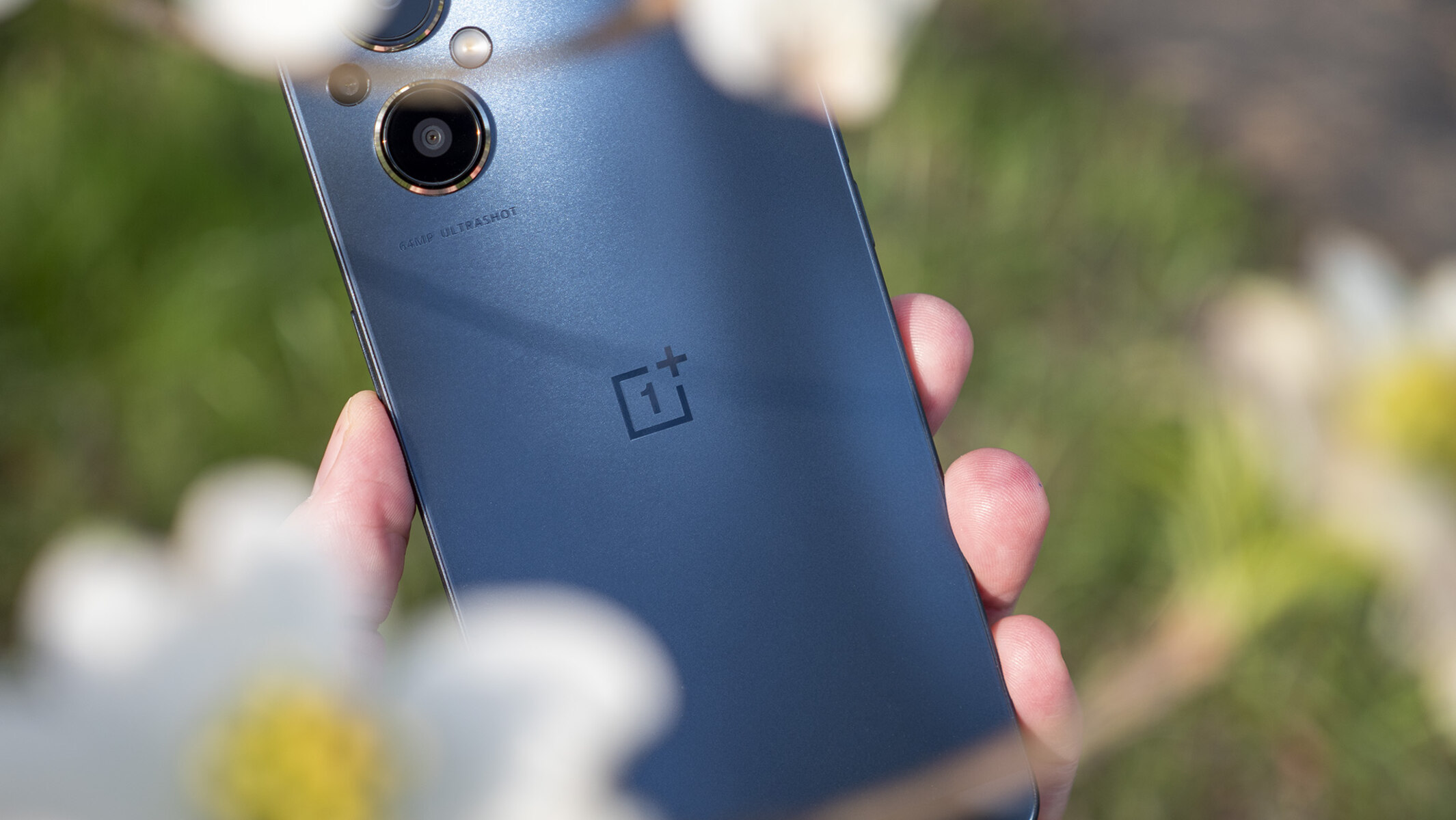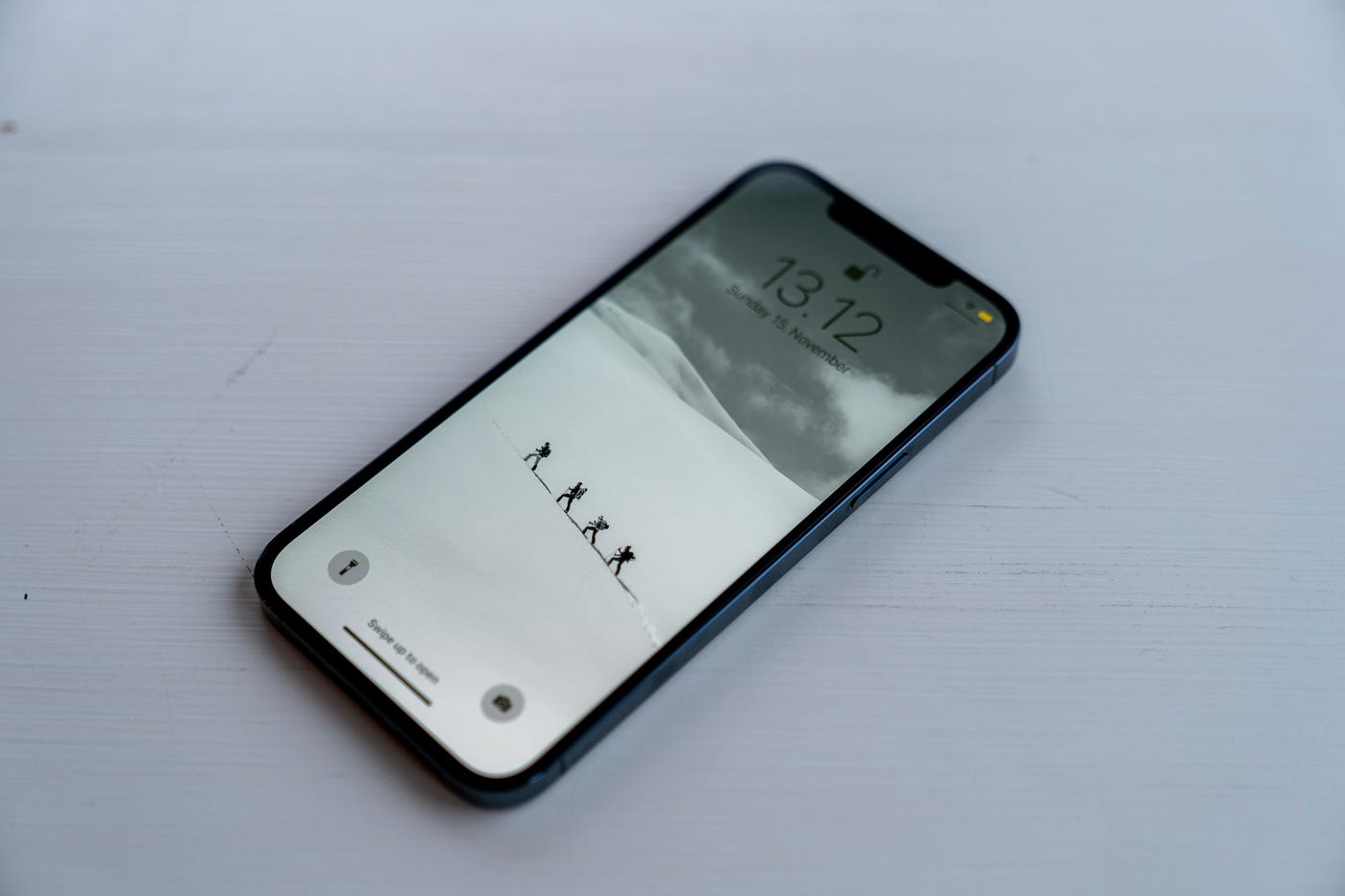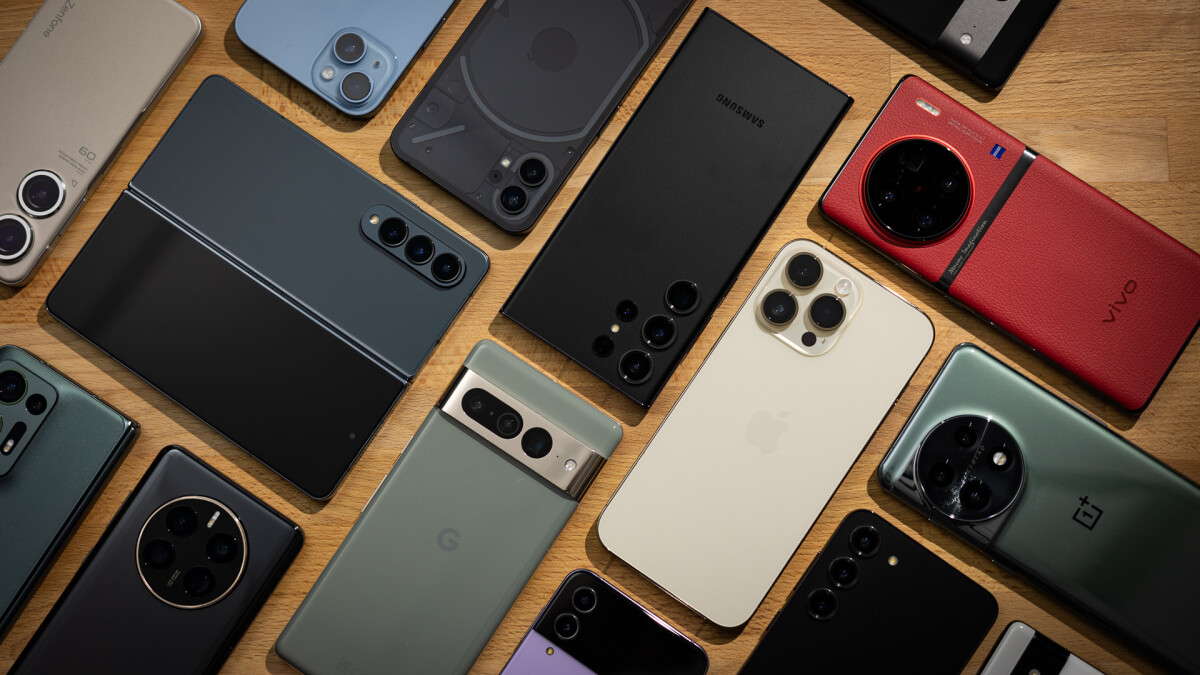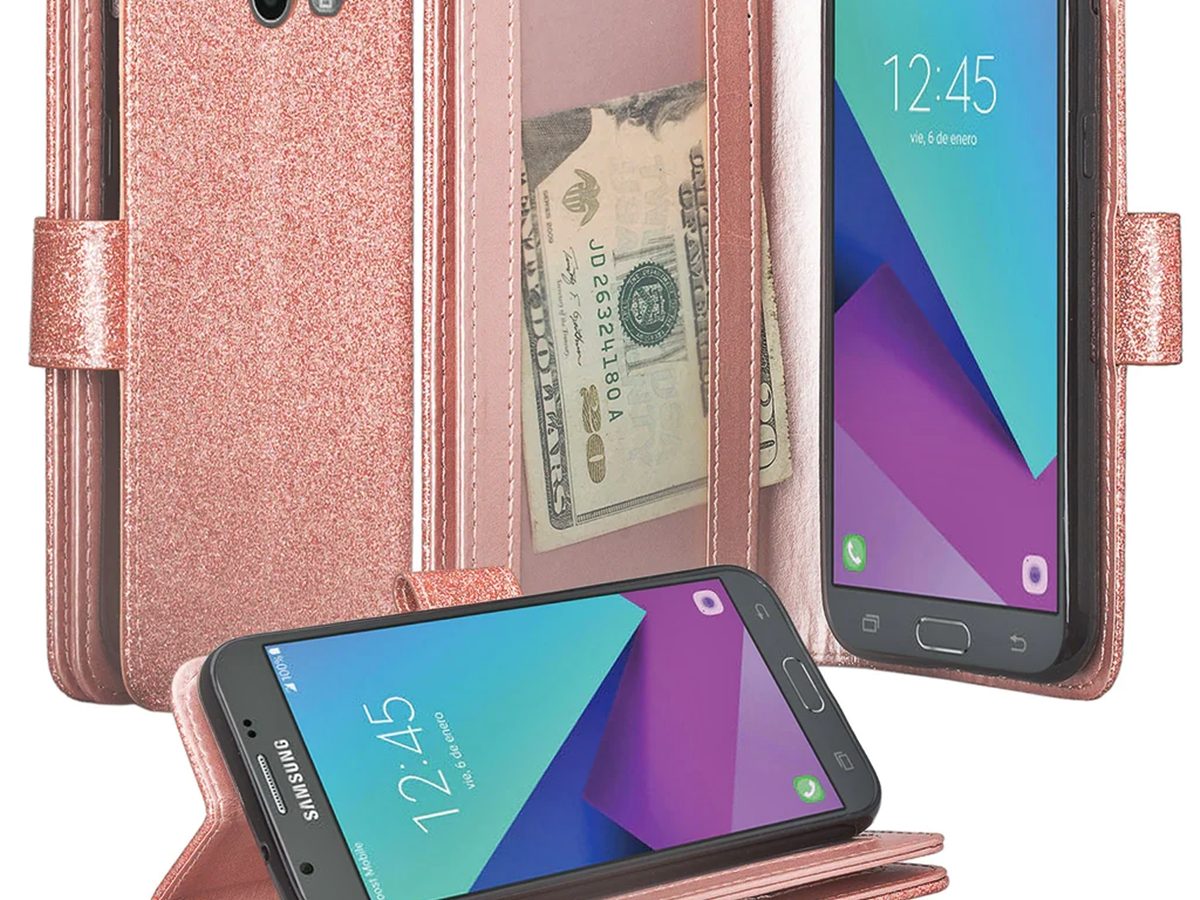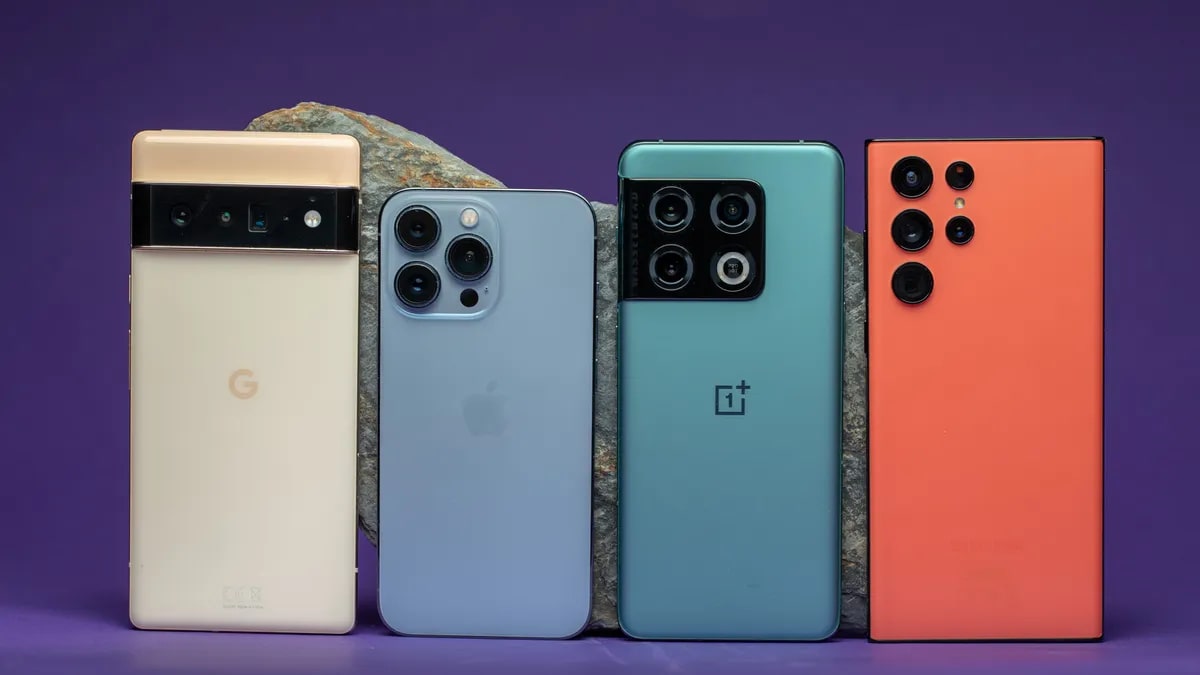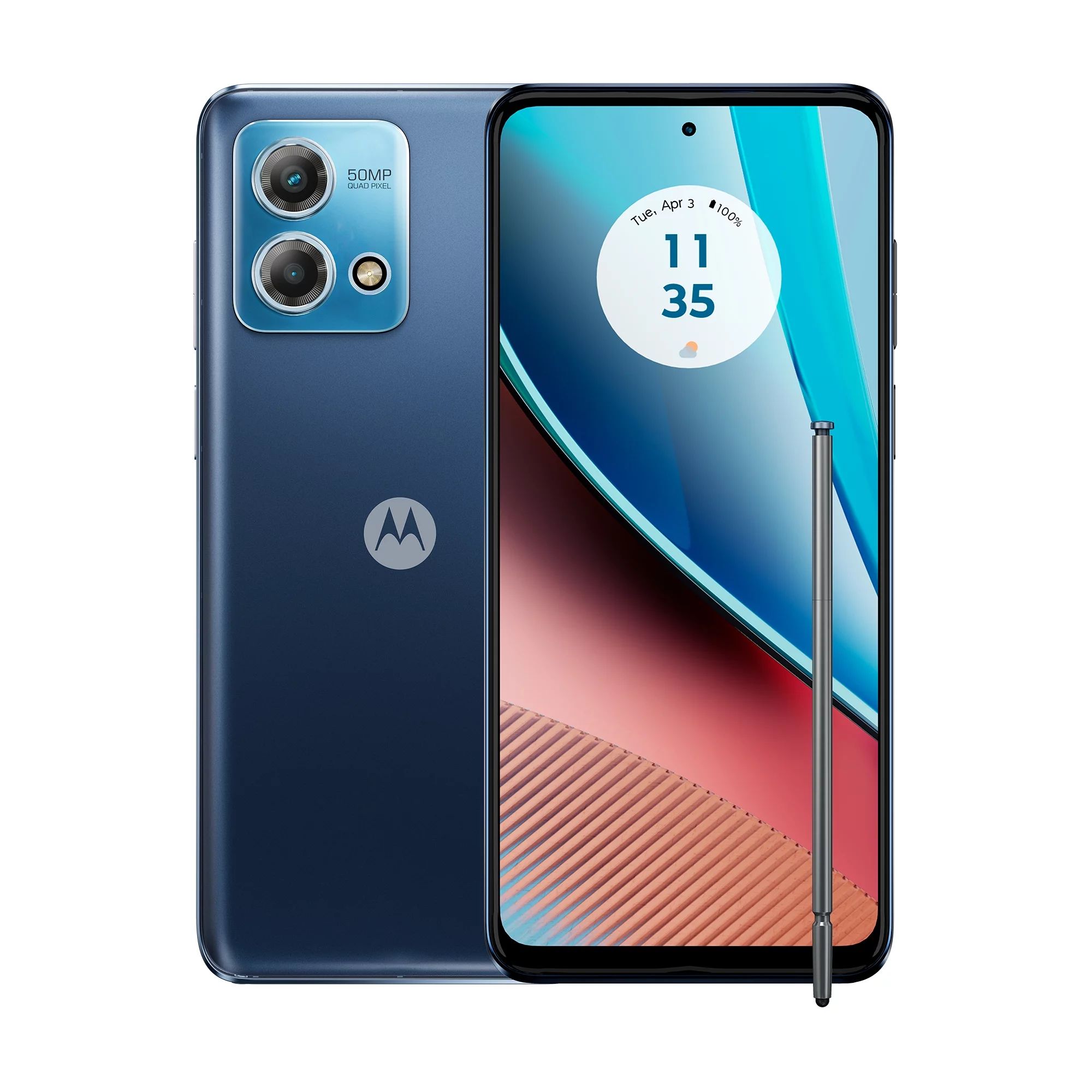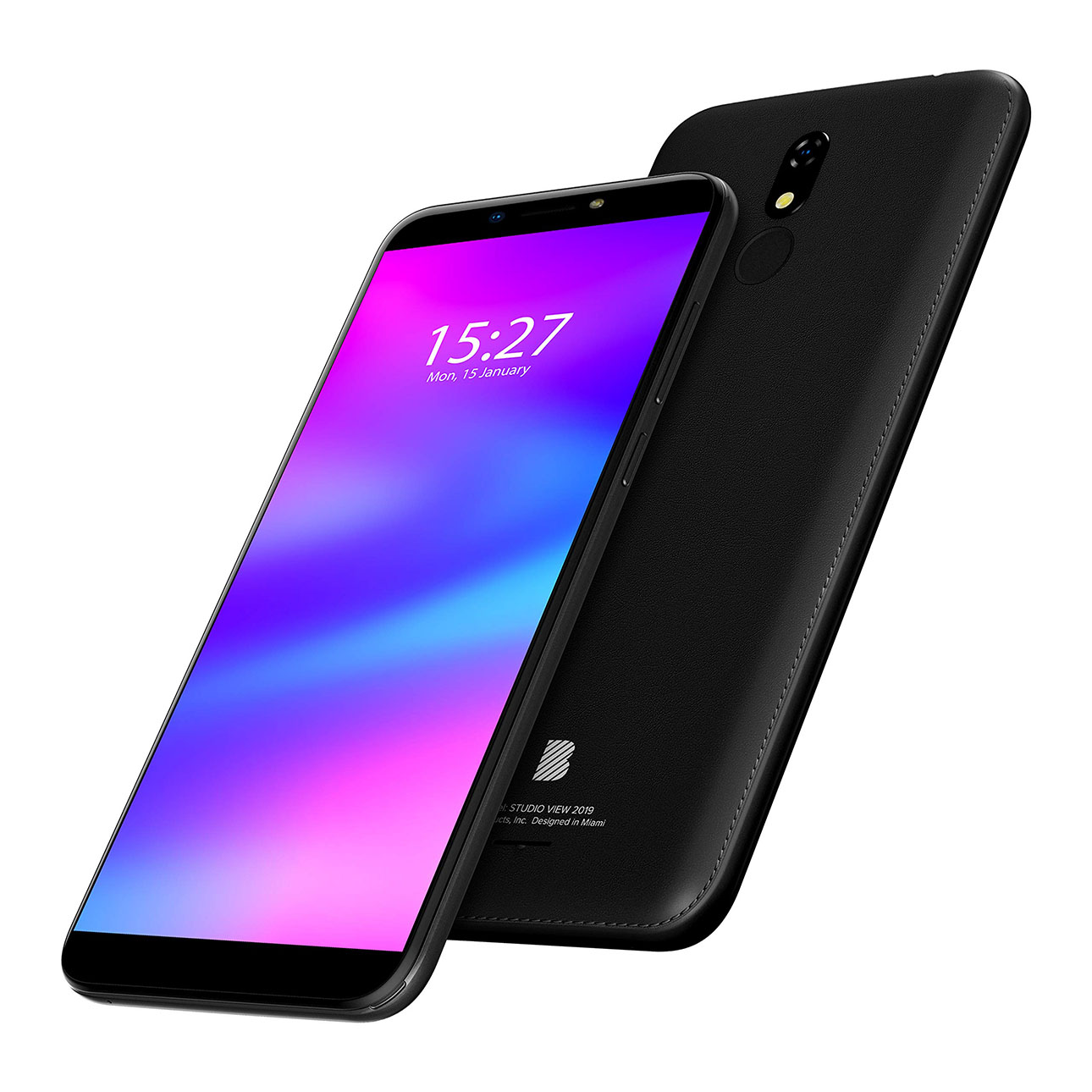Introduction
A prepaid smartphone is a mobile device that operates on a prepaid plan, allowing users to have control over their phone usage and expenses. Unlike traditional postpaid plans, where users are billed at the end of the month for their usage, prepaid smartphones require users to pay in advance for their phone services. This pay-as-you-go arrangement provides flexibility and affordability, making prepaid smartphones a popular choice for consumers.
With a prepaid smartphone, users can enjoy the benefits of a smartphone without being tied to a long-term contract or committing to a monthly bill. This makes it an attractive option for those who want to have mobile connectivity without the financial commitment or credit checks associated with postpaid plans.
Prepaid smartphones have become more prevalent in recent years, as wireless carriers recognize the demand for cost-effective alternatives in the mobile market. This has resulted in a wider range of options and features being made available to prepaid users, allowing them to enjoy the same functionalities and services as those with postpaid plans.
In this article, we will explore what a prepaid smartphone is, how it works, the benefits and limitations of using one, as well as key factors to consider when choosing a prepaid smartphone plan. Whether you are considering a prepaid smartphone for yourself or simply want to gain a better understanding of this mobile option, this article will provide you with the information you need to make an informed decision.
What is a prepaid smartphone?
A prepaid smartphone is a mobile device that operates on a prepaid plan, which requires users to pay in advance for their phone services. Unlike postpaid plans, where users receive a bill at the end of the month for their usage, prepaid smartphones allow users to control their phone expenses by purchasing a certain amount of credit or data upfront.
With a prepaid smartphone, users can enjoy the benefits of a smartphone, such as making calls, sending text messages, and accessing the internet, without being tied to a contract or committing to a monthly bill. Instead, they can choose from a variety of prepaid plans offered by wireless carriers, selecting one that best suits their usage needs and budget.
Prepaid smartphones operate on the same networks as postpaid devices, which means users can still access reliable coverage and enjoy high-speed internet connectivity. In fact, there is often no noticeable difference in the quality of service between prepaid and postpaid plans.
One of the distinguishing features of a prepaid smartphone is the absence of a contract. With postpaid plans, users typically sign a contract that commits them to a certain period of service, often two years. This contract may come with hefty early termination fees if the user wishes to cancel their plan before the contract period is up. In contrast, prepaid smartphones offer flexibility, allowing users to switch carriers or plans without any penalties.
Prepaid smartphones are a great option for individuals who want to have control over their phone expenses and avoid surprise bills. With prepaid plans, users can monitor their usage and add credit or data as needed. This pay-as-you-go approach gives users the freedom to adjust their spending according to their budget and usage patterns.
Additionally, prepaid smartphones are accessible to a wide range of people, including those with poor credit history or those who don’t want to undergo credit checks. Since there are no monthly bills or long-term financial commitments, prepaid smartphones offer a convenient mobile option for those who prefer not to be tied down to a contract.
In the next section, we will delve deeper into how a prepaid smartphone works and the benefits it offers to users.
How does a prepaid smartphone work?
A prepaid smartphone operates on a pay-as-you-go model, allowing users to control their phone usage and expenses. Here is a breakdown of how a prepaid smartphone works:
1. Purchasing a prepaid plan: To begin using a prepaid smartphone, users need to choose a prepaid plan offered by a wireless carrier. These plans typically come with a certain amount of credit or data, which users can purchase in advance. The cost of the plan varies depending on the carrier and the amount of credit or data included.
2. Activating the prepaid plan: Once the prepaid plan is purchased, users need to activate it on their smartphone. This can be done by inserting the prepaid SIM card provided by the carrier into the phone, or by following the activation process specified by the carrier. Activation usually involves entering a code or following a series of steps to set up the phone for use.
3. Using the prepaid smartphone: Once the prepaid plan is activated, users can start using their smartphone for calls, texts, and internet access based on the available credit or data. As users make calls, send texts, or use mobile data, the corresponding amount is deducted from their prepaid balance. Users can check their balance through the carrier’s app, website, or by dialing a specific code on their phone.
4. Adding more credit or data: When the prepaid balance runs low, users can add more credit or data to their account. This can be done by purchasing top-up cards or vouchers from the carrier, using online payment methods, or visiting a physical store. The added credit or data is then available for use, enabling users to continue using their smartphone seamlessly.
5. Recharging the prepaid plan: To keep the prepaid smartphone active, users need to recharge their plan periodically. Each carrier sets its own validity period for the prepaid plan, which can range from a few days to several months. If the plan is not recharged within the specified validity period, the phone may lose service until a recharge is made.
6. Switching carriers or plans: One of the advantages of a prepaid smartphone is the flexibility it offers. Users can easily switch to a different prepaid plan or carrier without any penalties or fees. This allows users to compare different offers and choose the plan that best fits their needs and budget.
Overall, a prepaid smartphone works by providing users with the option to pay for their phone services in advance, allowing them to have control over their expenses, flexibility in their usage, and the ability to switch plans or carriers as desired.
Benefits of using a prepaid smartphone
Using a prepaid smartphone offers several advantages that make it an attractive option for many individuals. Here are some of the key benefits:
1. Cost control: One of the biggest advantages of using a prepaid smartphone is the ability to have full control over your phone expenses. With prepaid plans, you pay in advance for the services you need, allowing you to set a budget and avoid unexpected charges or overage fees. This makes it ideal for those who want to have a clear understanding of their phone expenses and avoid bill shock.
2. No long-term commitments: Unlike postpaid plans, which often require a contract commitment, prepaid smartphones allow users to have a phone without being tied down to a specific carrier or plan. This flexibility is especially beneficial for individuals who frequently travel or may need to switch carriers for better coverage or pricing.
3. No credit checks: Prepaid smartphones are accessible to a wide range of people, including those with poor credit history or those who prefer not to undergo credit checks. Since there is no long-term financial commitment, users can simply purchase a prepaid plan and use it without any credit-related considerations.
4. Flexibility to switch plans and carriers: Prepaid smartphones offer the freedom to switch plans or carriers without any penalties or fees. This allows users to constantly evaluate and compare different plans and carriers, ensuring they always have the best options for their specific needs and budget. It’s as simple as purchasing a new prepaid plan and activating it on your smartphone.
5. No surprises or hidden charges: With prepaid smartphones, there are no hidden charges or unexpected bills that can catch you off guard. Since you pay for the services upfront, you have complete transparency regarding the cost of calls, texts, and data usage. This helps you manage your phone expenses more effectively and make informed decisions about your usage.
6. No credit risk: Since there is no contract involved, prepaid smartphone users do not face the risk of late payments or defaulting on their phone bills. This is especially beneficial for individuals who are new to managing their own finances or those who prefer not to have recurring bills tied to their credit history.
7. No termination fees: If you ever decide to stop using your prepaid smartphone, there are no termination fees or penalties to worry about. Simply let the plan expire or switch to a different carrier or plan without any financial obligations or contractual constraints.
Ultimately, using a prepaid smartphone offers the flexibility, cost control, and freedom to choose that many individuals desire in managing their mobile phone services. Whether you are a budget-conscious user, someone with fluctuating phone needs, or simply want to avoid long-term commitments, a prepaid smartphone can be an excellent option for satisfying your communication needs.
Limitations of using a prepaid smartphone
While there are many benefits to using a prepaid smartphone, it is important to also consider the limitations that come with this type of mobile service. Here are some of the key limitations to keep in mind:
1. Limited plan options: Compared to postpaid plans, prepaid smartphone users may have limited plan options to choose from. Carriers often reserve certain features or perks for their postpaid customers, leaving prepaid users with fewer choices. This means prepaid users may not have access to the latest plans or promotional offers that are available to postpaid customers.
2. Higher cost per minute or data: In some cases, the cost per minute of talk time or per unit of data on prepaid plans can be higher compared to postpaid plans. This is because postpaid plans often include unlimited talk and text or larger data allowances for a fixed monthly fee, whereas prepaid plans operate on a pay-as-you-go basis. If you are a heavy phone user, the per-minute or per-unit cost may add up quickly and result in higher overall expenses.
3. Expensive smartphone upfront: When using a prepaid smartphone, users are often required to purchase their device upfront at the full retail price. This can be a significant initial investment, especially if you prefer the latest high-end smartphones. While some carriers offer financing options for prepaid devices, this can increase the overall cost of ownership over time.
4. Limited customer support: Customer support for prepaid smartphone users may be limited compared to postpaid customers. Some carriers prioritize assistance for their postpaid customers, which means prepaid users may have to rely on online resources or self-help options for troubleshooting, rather than being able to reach a dedicated support team directly.
5. Data speed and coverage: While prepaid smartphones operate on the same networks as postpaid devices, there may be limitations in terms of data speed or coverage in certain areas. In some cases, postpaid customers may have priority access to network resources during times of high congestion, potentially affecting the data speed for prepaid users.
6. Auto-renewal and expiring balances: Prepaid plans often come with a specific validity period, within which users must recharge or add credit or data to their account to keep it active. If users forget to recharge within the specified time frame, their balance may expire, resulting in loss of service until a recharge is made. Additionally, some prepaid plans have auto-renewal features, which can result in automatic deductions from the user’s account if they fail to cancel the plan before the renewal date.
7. Lack of device financing and upgrade options: Compared to postpaid plans, prepaid smartphone users may have limited options for device financing or upgrading to newer models. Postpaid plans often offer device financing or upgrade programs that allow users to spread the cost of a new device or easily upgrade to the latest models. These options may not be readily available for prepaid users, requiring them to purchase a new device at the full retail price.
It is essential to assess these limitations and determine if they align with your needs and preferences. While prepaid smartphones offer flexibility and cost control, it is important to weigh these limitations against the benefits to make an informed decision about the best mobile service for you.
How to choose a prepaid smartphone plan
Choosing the right prepaid smartphone plan can be crucial in order to maximize the benefits and value of your mobile service. Here are some factors to consider when selecting a prepaid plan:
1. Usage requirements: Assess your own usage patterns to determine how much talk time, texting, and data you need on a monthly basis. Consider factors such as the number of minutes you spend on calls, the frequency of text messaging, and the amount of data you consume for browsing, streaming, or using apps. This will help you choose a plan with the appropriate allowances to suit your needs.
2. Carrier coverage: Check the coverage maps and network reputation of different carriers in your area. Ensure that the carrier you choose offers reliable coverage and a strong signal strength in the places where you will be using your phone most frequently, such as at home, work, or your regular travel destinations.
3. Plan features: Review the features included in each prepaid plan. Some plans may offer unlimited talk and text, while others may have limited minutes or texting allowances. Consider whether the plan includes any additional features such as international calling options, mobile hotspot capabilities, or bundled services like streaming subscriptions.
4. Data speed: When choosing a prepaid plan, take note of the data speeds offered. Some plans may provide high-speed 4G LTE data for a certain limit, after which the speed may be reduced. If you frequently use data-intensive applications or stream high-definition videos, consider a plan with generous high-speed data allowances.
5. Plan duration and expiration: Pay attention to the validity period of the plan you choose. Some prepaid plans have a shorter validity period, such as 30 days, while others may offer longer periods, such as 90 days or more. Additionally, be aware of any conditions or auto-renewal features that may result in automatic deductions from your account.
6. International roaming: If you travel internationally, check if the prepaid plan offers international roaming options. Some plans may include free or discounted roaming capabilities, allowing you to use your phone abroad without incurring exorbitant charges.
7. Cost and budget: Evaluate the cost of the prepaid plan and ensure that it fits within your budget. Compare the prices of different plans offered by various carriers, considering both the monthly plan cost and any additional fees or charges associated with the plan. While it is important to consider cost, also ensure that the plan offers sufficient features and allowances to meet your needs.
8. Customer support: Research and read reviews about the customer support provided by the carrier. Having reliable and accessible customer support can be valuable if you encounter any issues or require assistance with your prepaid plan.
By considering these factors and conducting thorough research, you can make an informed decision and choose a prepaid smartphone plan that aligns with your usage requirements, budget, and preferences. Remember that your needs may evolve over time, so regularly reviewing and adjusting your plan can help ensure that you always have the best value and experience with your prepaid smartphone service.
Tips for using a prepaid smartphone effectively
Using a prepaid smartphone effectively can help you optimize your mobile experience and make the most of your prepaid plan. Here are some tips to help you get the most out of your prepaid smartphone:
1. Monitor your usage: Keep track of your talk time, texting, and data usage regularly. Most carriers provide apps or online account management tools where you can check your balance and usage details. By monitoring your usage, you can avoid unexpected charges and manage your prepaid balance effectively.
2. Take advantage of Wi-Fi: Whenever possible, connect to a Wi-Fi network to conserve your data usage. Wi-Fi is widely available in many locations, such as homes, offices, cafes, and public spaces. By using Wi-Fi for internet access, you can save your data for times when Wi-Fi is not available or when you are on the go.
3. Optimize app usage: Some apps consume more data than others. To minimize your data usage, consider disabling automatic updates or background data usage for apps that you don’t frequently use. Also, look for data-saving options within apps that can help minimize data usage without compromising functionality.
4. Set data usage alerts: Many smartphones offer the option to set data usage alerts or limits. By doing so, you can receive notifications when you reach a certain threshold of data usage, helping you stay within your prepaid data allowance and avoid unexpected charges.
5. Explore prepaid add-ons or bundles: Some carriers offer prepaid add-on options or bundles that provide additional services or features at a discounted price. For example, you may find packages that include extra data, international calling minutes, or access to premium content. Explore these options to enhance your prepaid plan and get more value for your money.
6. Compare plans periodically: Prepaid plans and offers may change over time. Regularly review your prepaid plan and compare it with other plans available from different carriers. This allows you to ensure that you are still getting the best value for your needs and take advantage of any new or improved offers.
7. Consider long-term prepaid options: While many prepaid plans are designed to be used on a month-to-month basis, some carriers offer longer-term prepaid options. These longer-term plans often come with discounted rates or additional benefits. If you are confident in your usage needs and satisfied with the carrier’s service, consider opting for a longer-term prepaid plan to save money in the long run.
8. Keep your device secure: Protect your prepaid smartphone and personal information by using strong passwords, enabling device lock features, and avoiding suspicious apps or websites. Prepaid smartphones, like any other mobile device, are vulnerable to security threats, so it’s important to take necessary precautions to keep your device and data safe.
By following these tips, you can make the most of your prepaid smartphone, stay within your budget, and have a satisfying mobile experience. Whether you’re using a prepaid smartphone for cost control, flexibility, or other reasons, implementing these strategies can help you optimize your usage and get the most value out of your prepaid plan.
Conclusion
Prepaid smartphones offer a viable and flexible mobile option for individuals who want to have control over their phone usage and expenses. With the ability to pay in advance for phone services and avoid long-term commitments, prepaid smartphones provide users with the freedom to choose plans that suit their needs and budget.
Throughout this article, we explored what prepaid smartphones are, how they work, the benefits they offer, and the limitations that come with using them. We learned that prepaid smartphones allow users to enjoy the functionalities of a smartphone without being tied to a contract or committing to a monthly bill. They provide cost control, no credit checks, and the flexibility to switch carriers or plans without penalties.
However, we also discussed the limitations of using a prepaid smartphone, such as limited plan options, potentially higher costs per minute or data, limited device financing options, and potentially limited customer support. It’s important to carefully consider these factors when deciding if a prepaid smartphone is the right choice for you.
To choose the best prepaid smartphone plan, we provided some helpful tips, including monitoring your usage, taking advantage of Wi-Fi, optimizing app usage, setting data usage alerts, exploring prepaid add-ons or bundles, comparing plans periodically, considering long-term prepaid options, and keeping your device secure.
In the end, the decision to use a prepaid smartphone depends on your individual needs, usage patterns, and financial considerations. Prepaid smartphones offer flexibility, cost control, and accessibility to a wide range of users, but it is crucial to assess whether the limitations and potential trade-offs align with your preferences and requirements.
By applying the tips and knowledge gained from this article, you can make an informed decision and effectively utilize a prepaid smartphone to meet your communication needs while maintaining control over your expenses.







